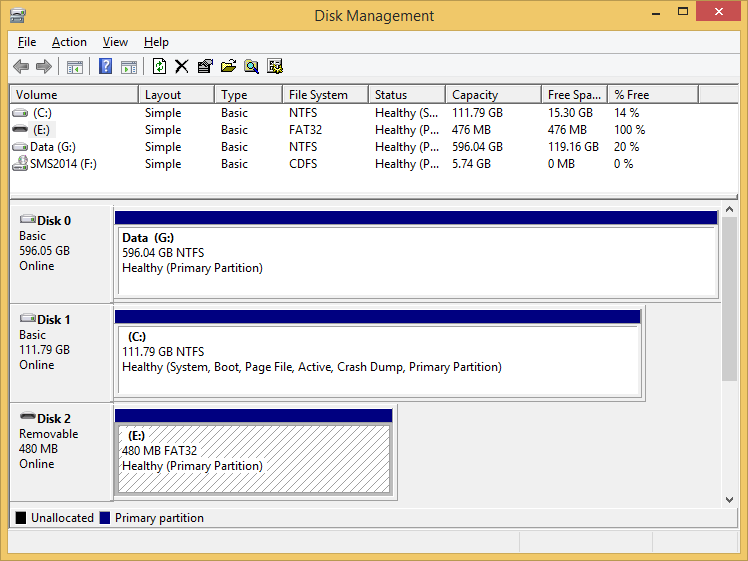These instructions apply only to Mac computers with an Intel processor.
Erasing your Mac permanently deletes all of its files, so make sure that you make a backup of any files that you want to keep. If you're attempting to restore your Mac to factory settings, first learn what to do before you sell, give away, or trade in your Mac.
- Thumb Drive For Macbook Pro
- Format Flash Drive To Fat32
- Flash Drive For Mac
- Best Flash Drive For Macbook
Start up from macOS Recovery
Here I'll show you how you can erase and format a disk using the command line. Working with Terminal. Start off by running the following command in the command line: Diskutil list. This is going to list all the mounted drives on your Mac. Once you have found the proper drive to erase, just copy its identifier so you can use it for the next command. To format the USB drive in Disk Utility: Step 1. Go to Utilities and open Disk Utility. Select the not showing up USB flash drive in the Disk Utility sidebar. Click Erase on the top. Finish the necessary information (name, format, and scheme) to format the USB flash drive. Update your macOS and firmware. I'd bet strong money that's the scheme you are using to format your USB drive with FAT32. A lot of PC devices can't read GUID Partition Map. Again, I'm almost certain this is part of the problem. Erase and reformat with Master Boot Record, make sure you've got the top-level drive selected, then see if it gets recognized by the PS4.
Thumb Drive For Macbook Pro

Turn on your Mac, then immediately press and hold these two keys until you see an Apple logo or other image: Command (⌘) and R. You may then be asked to select a user you know the password for. Select the user, then click Next and enter their administrator password.
Use Disk Utility to erase your disk
- From the utilities window in macOS Recovery, select Disk Utility and click Continue.
- Select Macintosh HD in the sidebar of Disk Utility. Don't see Macintosh HD?
- Click the Erase button in the toolbar, then enter the requested details:
- Name: Continue to use Macintosh HD as the name, or enter a different name.
- Format: Continue to use APFS or Mac OS Extended (Journaled), as recommended by Disk Utility.
- Click Erase Volume Group. If you don't see this button, click Erase instead.
- If Find My is turned on for this Mac, you may be asked to enter your Apple ID to authorize the erase. Forgot your Apple ID?
- After the erase is done, select any other internal volumes that may be listed in the sidebar, then click the delete volume (–) button in the toolbar to delete each volume.
You don't need to delete the Macintosh HD volume you just erased, or any external volumes or disk images. - Quit Disk Utility to return to the utilities window.
- If you want to start up again from the disk you erased, you should now reinstall macOS on that disk.


If you don’t see Macintosh HD in Disk Utility
Your built-in startup disk should be the first item listed in the Disk Utility sidebar. It's named Macintosh HD, unless you changed its name. If you don't see it there, choose Apple menu > Shut Down, then unplug all nonessential devices from your Mac and try again.
If your disk still doesn't appear in Disk Utility, or Disk Utility reports that the erase process failed, your Mac might need service. If you need help, please contact Apple Support.
Format Flash Drive To Fat32

If you're moving it between Mac and Windows, you want to format your flash drive with the FAT32 filesystem. It shouldn't matter whether you format it on your Mac or on a Windows machine. To do it on the Mac, plug in the flash drive, and open Disk Utility (in your /Applications/Utilities folder).
Flash Drive For Mac
Learn more
Best Flash Drive For Macbook
For more information about using Disk Utility, see the Disk Utility User Guide.